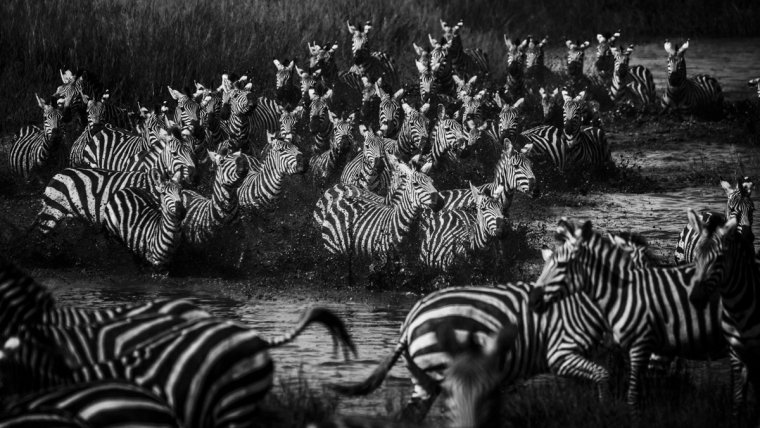
Welcome to another episode of Photographer Spotlight, last time I had the great honor to interview Robert Postma and this time I’d like to welcome Laurent Baheux who is a very talented photographer from Poitiers, France who mainly focuses on black and white wildlife photography.
In this exclusive interview, you’ll find out what it is that makes him so good in his field.
1) Tell us about yourself, where are you from, what got you into photography and how long do you have done photography??
Laurent: I am a self-taught photographer. I have studied economy and social sciences at the university in Poitiers. My father made me discover the passion of photography, quite late in my life. I became a pro photographer in 1994 while I was working for a regional daily newspaper in Poitiers. At that time, I was a sports news reporter and the editor asked me to complete my articles with pictures. I accepted and soon I enjoyed taking pictures more than writing.
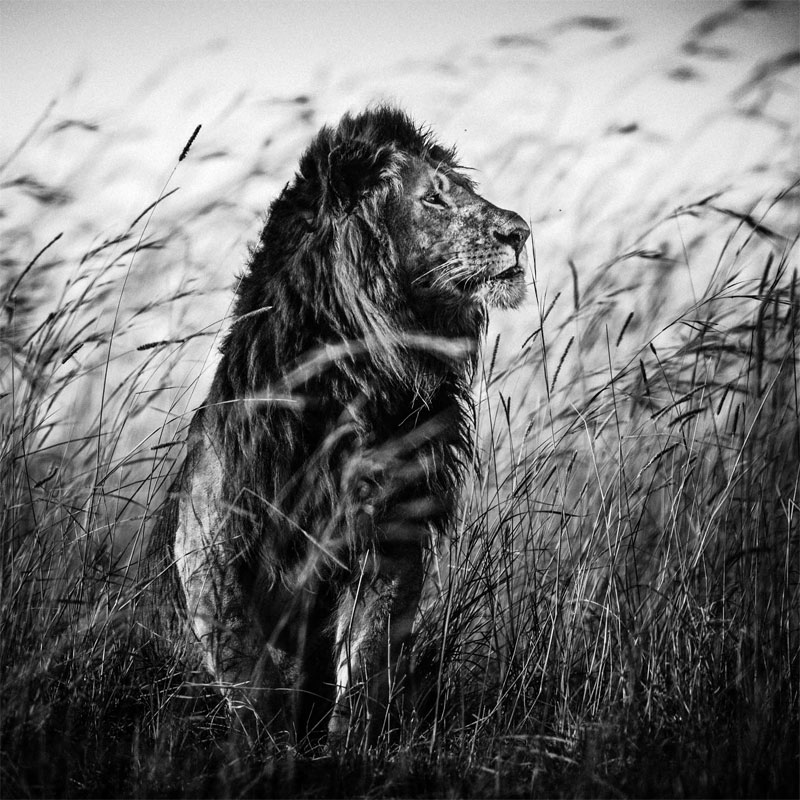
2) How and what got you into photography, and since how long do you do it?
Laurent: I work as a photographer since 1994, beginning with the press and then moving on to sports agencies. I followed international competitions and tournaments like the Olympic Games and covered various sports like soccer, rugby, and tennis. It was a great experience and very formative because you have to be attentive, reactive and constantly available. But at the same time, I dreamed about wildlife and freedom that’s what drew me to Tanzania in 2002. It was a tremendous shock for me, completely disrupting my life and changing not only me but also my approach to photography. It was the beginning of my wildlife photographic love affair.
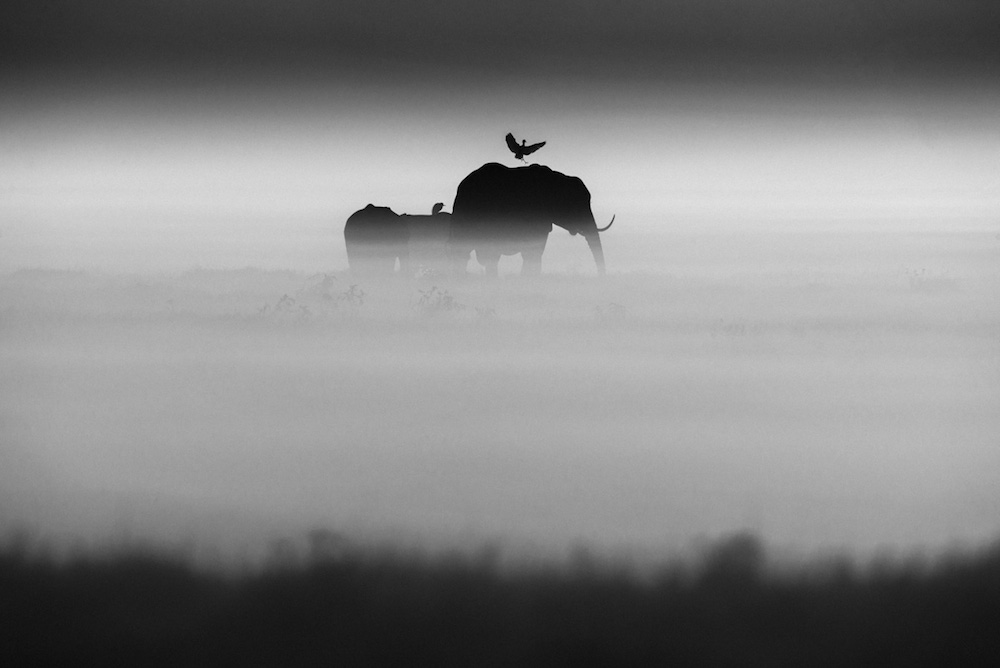
3) How much time do you spend on photography on average?
Laurent: In general, I need a minimum of 4 weeks on the ground because it is not possible to foresee what will happen. There are animals that decide what and when something happens. I never try to get a good picture by interfering in their daily life or by using modern equipment like shutter controls, drones or camera-traps. Sometimes, I am lucky and sometimes I’m not.
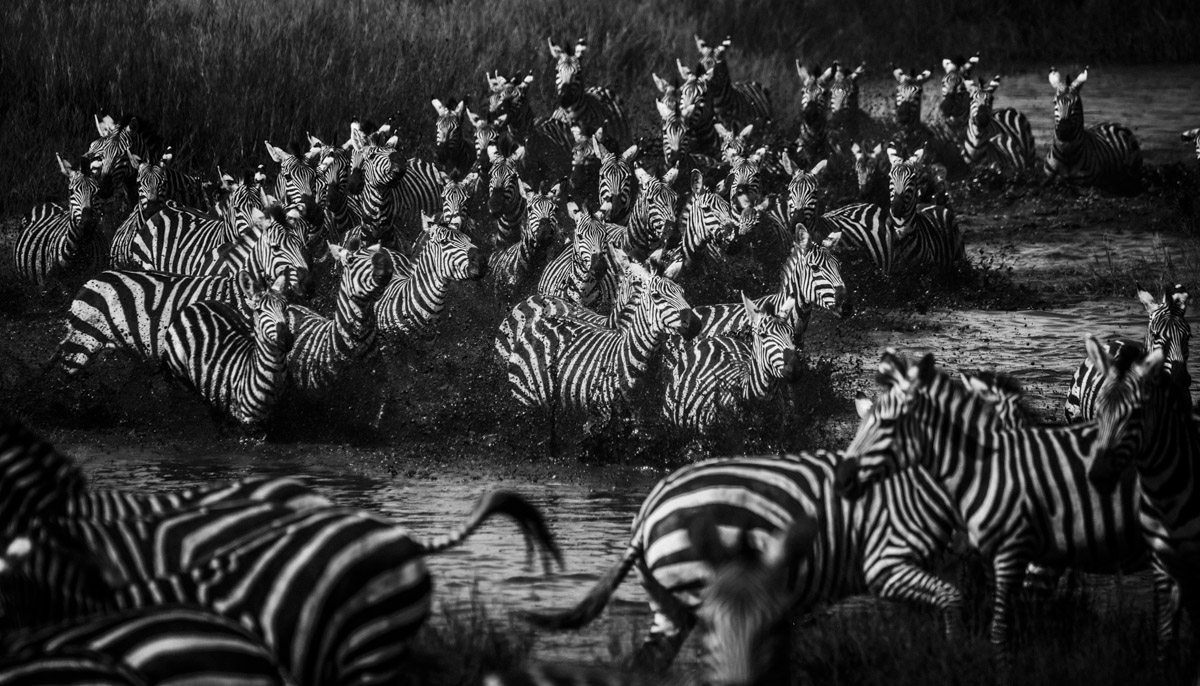
4) What is the favorite photo you took and why?
Laurent: I’m very fond of the lion on the cover of my last book “The Family Album of Wild Africa”. I photographed him in 2007 during a trip to Tanzania. The series is titled “Lion in the wind”. It’s actually just the sort of moment that I’m looking for when I work in Africa: I want to discover emotions of an animal and capture a piece of eternal Africa – the paradise of our origins that we are losing.
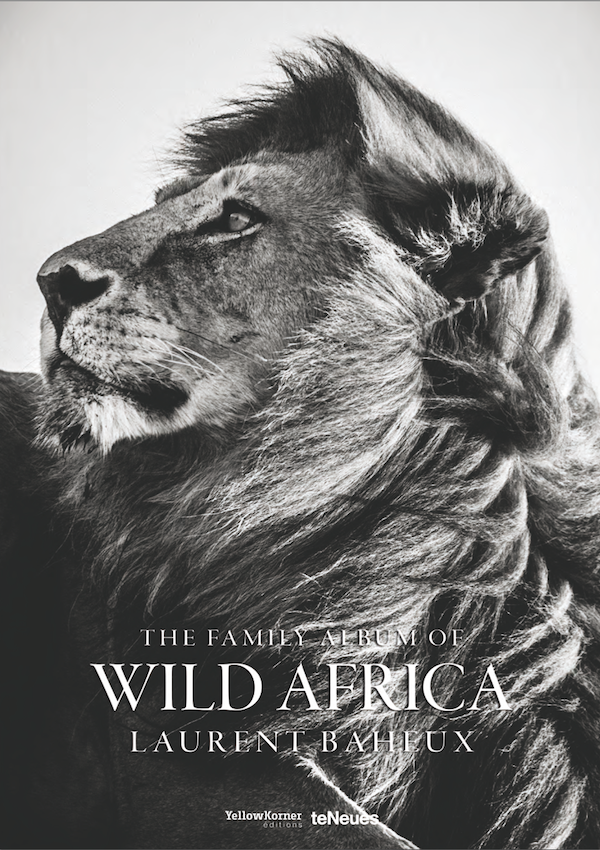
5) Which gear do you mainly use?
Laurent: This is what I take when I leave home for a professional commitment: Nikon D4 and Nikon D800.
I have several lenses too:
– Nikon AF-S FX NIKKOR 800mm f/5.6
– Nikon AF-S FX NIKKOR 600mm f/4
– Nikon IF-ED AF-S VR 300mm f/2.8
– Nikon AF-S FX NIKKOR 80-400mm f.4.5-5.6
– Nikon ED VR II AF-S Nikkor 70-200mm f/2.8
– Nikon ED VR AF-S NIKKOR 24-120mm f/4
I have one carbon monopod but I prefer holding the camera. I use the same equipment for all types of photography, portrait, landscape, etc. My favorite lens is the Nikon 800mm lens: a must for who respects the required safety distance from animals.
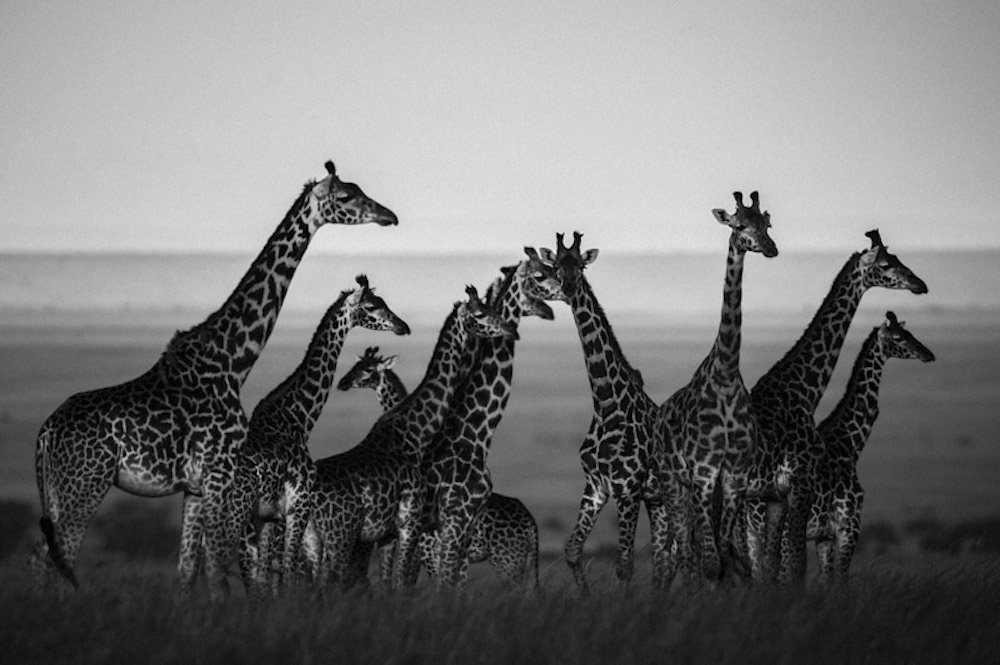
6) How do you prepare for an image?
Laurent: I hate strict pre-visualization and procedures that lock people into preformatted ways of work. My conviction is to never prepare my shots. I prefer to be guided by luck and to be inspired by the ever-changing spectacle of wildlife.
7) Do you have guiding principles that you follow when you’re making pictures?
Laurent: I am not interested in taking picture of hunting scenes or of mating animals. Most of my work concentrates on simple scenes of animals’ daily life. I try to catch the animal’s unique personality and expressiveness, as well as their strength and sense of freedom. My photos are portraits and scenes that celebrate the soul of the animals. I totally agree with the quote of the French paleoanthropologist, Pascal Picq, who says: “Man is not the only animal that thinks but the only one thinking that he is not an animal”.
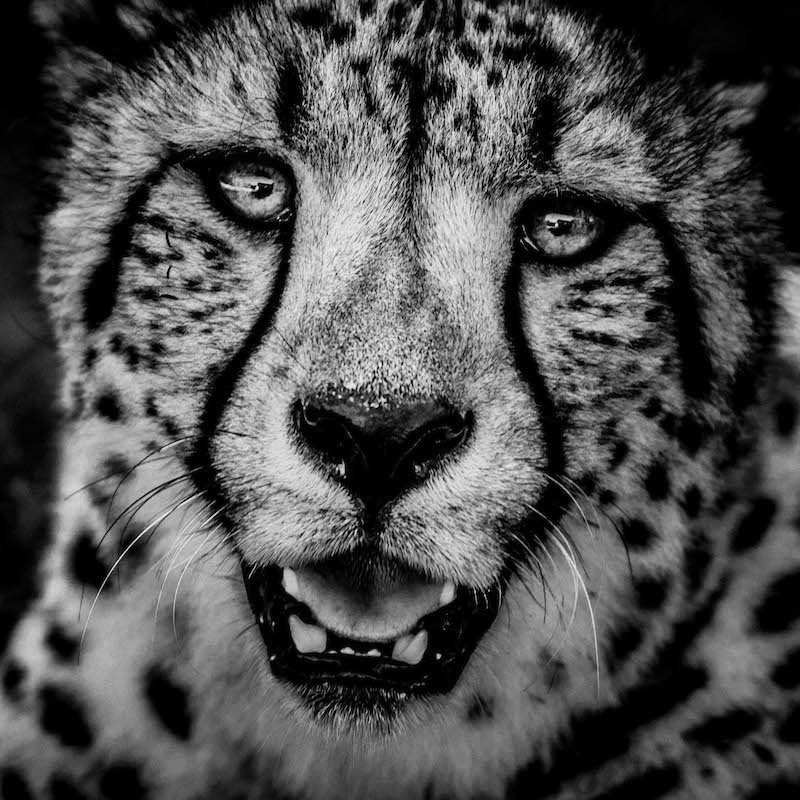
8) How important is post-processing for you? Can you tell us what kind of post processing you typically do?
Laurent: Postproduction means more time. I work slowly and I need to absorb my photos before I can process them. To get enough hindsight, I need to free myself from subjective issues related to the shooting. I need to keep my emotions from interfering with my work. I never process my pictures in the heat of the moment and I need several months, sometimes years before I start digging into my files.
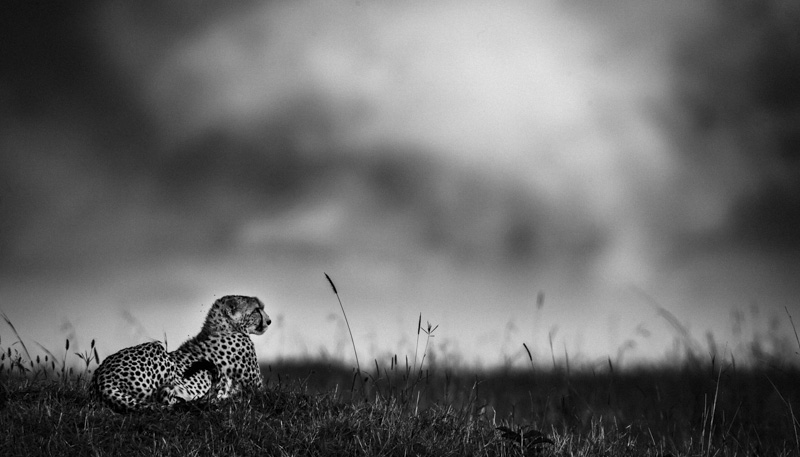
9) What’s the most challenging part of being a wildlife photographer?
Laurent: Photography is always a matter of compromise. Sometimes, you think that something can interfere in the picture like woods, grass or other things, but in fact, it can also become a part of your creation. That’s why I think there is no rule. The first challenge is to combine all the required components. It is impossible to figure out how long it may take to meet a specific animal, with the appropriate light and atmosphere. The same counts for landscapes: it takes the time to be at the right place at the right moment. Being a wildlife photographer often turns into a frustrating quest that requires heavy means and luck as well.
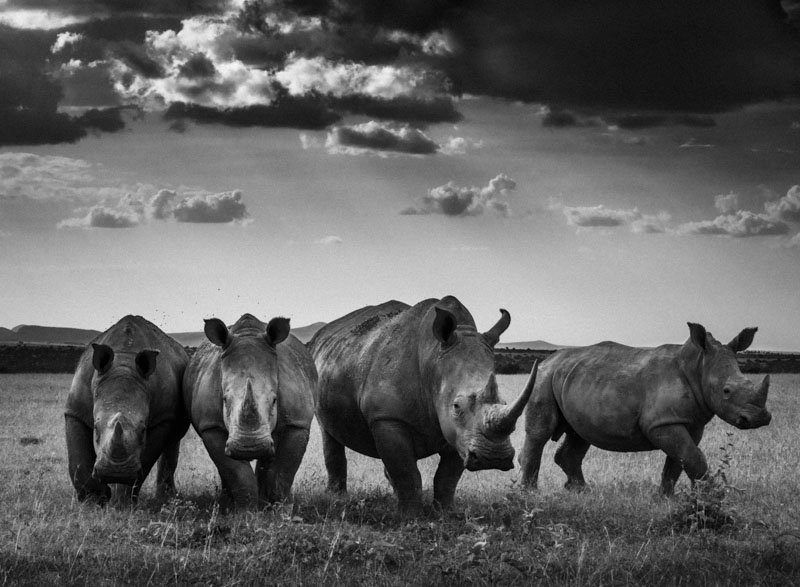
10) Is there anything else you want to tell us?
Laurent: Well, before anything, I want people to respect nature and wildlife. We have to learn to respect the existence of other species that live on this planet. We have incorrectly placed the human species on top of all other creatures and we have to understand that we are just a single element in this naturally balanced system. We are just one more species between so much more. We have to learn, with more humility, to reposition ourselves in the middle of all this nature.
Find Laurent Baheux on the Web:
Website
Facebook
Twitter
Instagram
All images by Laurent Baheux.cornerstone content
Comments (0)
There are no comments yet.